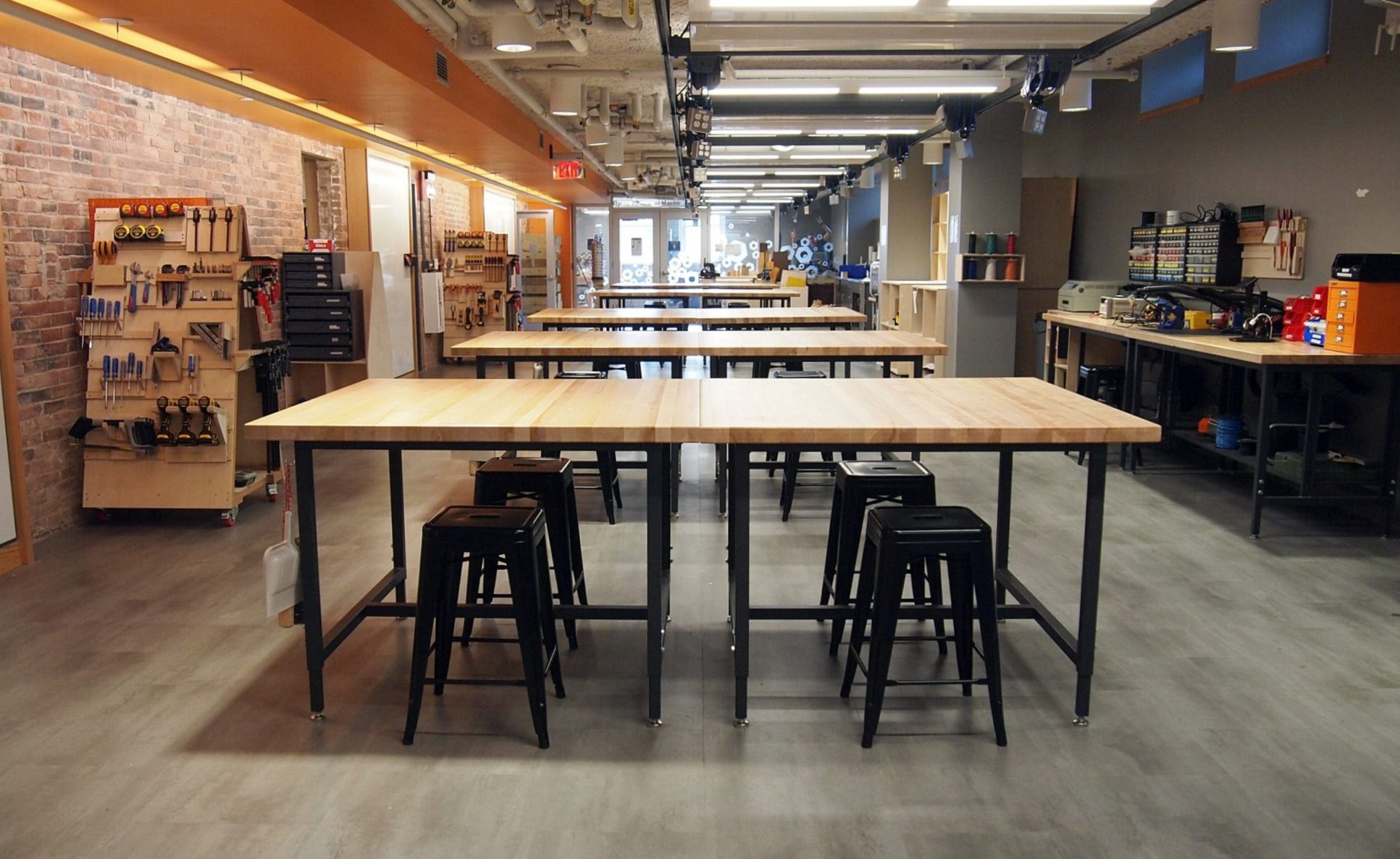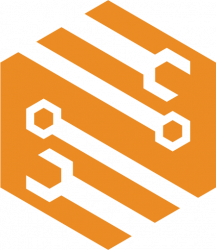To use the table saw (or any other tool in the Red Zone), you need to be trained in person by the lab manager, Brandon Stafford. Reading this page is a good start, but it does not grant you permission to operate the machine.
General safety procedures
The table saw is in the Red Zone, so you should be following all of the Red Zone safety procedures in the Nolop Safety Policy. This means stuff like wearing safety glasses, non-loose clothing, and the like. Read the full policy for the details.
Safety procedures specific to the table saw
- Avoid causing kickback. The major danger of the table saw is the piece you’re cutting rotating away from the fence, and then getting flung into your body by the blade. Make sure the riving knife or splitter is installed. If you’re unsure about how exactly kickback works, watch this non-gruesome video that demonstrates how kickback happens. The key demonstration is at 2:30, but the whole video is worth watching.
- Don’t use the table saw for crosscuts. Use the miter saw, a handheld circular saw, or a crosscut sled instead.
- Use a pushstick to guide material past the blade, not your hand.
- Wear safety glasses. As the saw cuts, the blade can spit chips up into the air.
- Put up your hair, necklaces, and such. If you lean over to get a close look at what’s happening, your hair could get tangled in the blade, and your head could get pulled in. See, for example, the death of Michele Dufault in the Yale chemistry department.
- Make sure the dust collector is running.
- Unplug the saw while changing the blade.
How to avoid triggering the Sawstop mechanism
- Don’t touch the blade while it is running.
- Don’t let metal (like a nail or staple in a piece of wood you’re cutting) touch the blade while it is running.
- Don’t cut wet or freshly-cut, moisture-filled wood.

